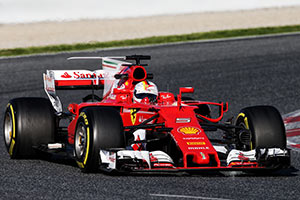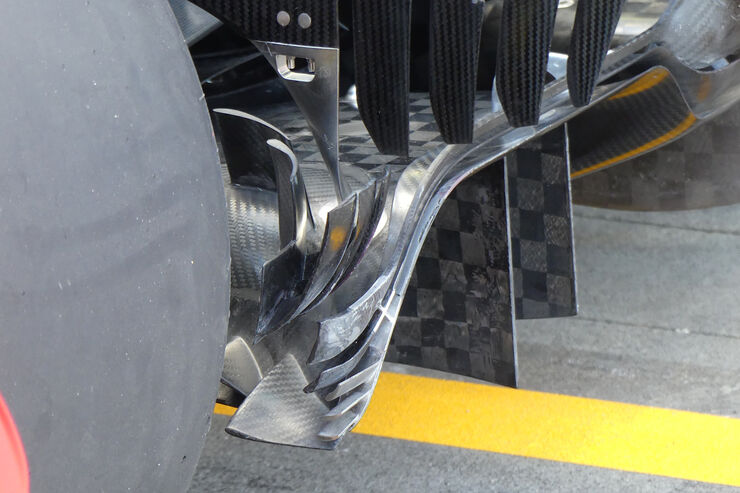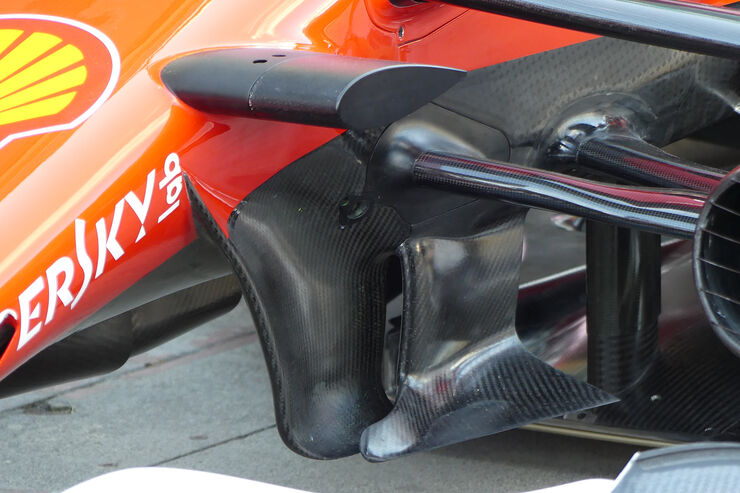Yes. The rules do not allow there to be 2 completely separate parts when taking the side and front cross sections at any point at the front crash structure. However, the holes in the crash structure are placed in such angle it will never fall foul of that rule.bucker wrote: ↑23 Mar 2017, 14:02Yes, it is an advantage, but is it legal.matt21 wrote: ↑23 Mar 2017, 13:29My explanation is, that you get a better airflow if the duct is not S-shaped but more "straight".
Also, it could be useful for the underside to get rid of the air at a point further ahead than the splitting plane.
I think what Ferrari did is along the lines of FI nostrils to get it legal.
Pol_S wrote: ↑04 Jul 2015, 18:47I made this:
http://www.laf1.es/sites/default/files/ ... /morro.gif
And here the "interactive" flash version, if you want to stop it at any point: http://www.laf1.es/articulos/tecnica-as ... 015-912083
So yes, I think it's legal because the hole begins in the lower part when it ends in the upper part. Basically, that you can't see the tarmac from above.
Having your ducts crossing eachother like Ferrari does is neither obligatory. They simply do this to lengthen the channels and have the flow as smooth a passage as possible.







